 |
The new-construction portion of a plan to improve and expand
residential offerings at Ford Drive and Hessler Road in Cleve-
land’s University Circle features this proposed building with
23 market-rate, micro-unit apartments (SA Group).
CLICK IMAGES TO ENLARGE THEM |
Two high-profile properties owned by University Circle Inc. (UCI) are proposed to be sold to a partnership led by two men with experience in developing real estate in the University Circle area.1
The partnership comprised of Russell Berusch and Rick Maron propose to renovate the exteriors and modernize the interiors of two historic buildings on Ford Drive. They also want to add a four-story building on Hessler Road, behind the Ford dwellings. The new building would be filled with 23 micro-unit apartments.
Altogether, between the two existing buildings and the new building, 32 market-rate apartments are planned. UCI’s Development Committee requested informational plans from prospective developers for their two properties totaling 0.411 acres at 1975 and 1981 Ford Drive.
Two proposals were received by UCI. It chose the Berusch-Maron proposal primarily because their development plan would not demolish the historic buildings. Instead, the seven-bedroom, five-bath house at 1975 Ford will be refurbished with five apartments while 1981 Ford will see its four apartments updated. Both buildings date from around the turn of the prior century.
 |
The new strip of surface parking is what makes this proposed
development plan possible without demolishing the historic
houses on Ford as another developer proposed (SA Group). |
The other respondent, which wasn’t identified, proposed to replace the historic buildings with new construction, said UCI President Chris Ronayne. He spoke during a “Feb. 10 community meeting” held on Zoom. There were 55 participants on the call, most of whom apparently were neighborhood residents.
“We did not think that (demolition) was appropriate,” Ronayne said. “This (Hessler) is such a special street. It was the first landmark district in the city of Cleveland. I’m grateful that the Berusch-Maron team are joining us today to continue with yet another proposal for what I think will add to this vibrancy.”
Part of what made new development possible without demolishing anything is that the Maron family, through MRN Ltd., developed the adjacent Uptown neighborhood. Through AJAPPJR Uptown II LLC, the – Maron family owns land behind a parking garage for Uptown.
The Berusch-Maron partnership plans to use a strip of that land for a 27-space parking lot to support this development. The new lot would be hidden behind a 6-foot-solid fence as well as by surrounding structures.
“That (parking lot) is kind of important from the community aspect because with the new development, there’s going to be 23 new units added,” said Rick Maron. “The whole area has a parking dynamic that needs to be addressed. It’s all hidden. I think it’s a nice amenity for helping community issues of parking, not putting further demand on the area, and also visually not bothering anybody.”
 |
This vacant lot behind the house at 1975 Ford Drive is part of that
property’s parcel. The garage at left would either have to be razed
or relocated to accommodate the micro-unit apartments (UCI). |
The proposed parking lot would also include spaces and charging stations for six electric cars that would be available for use by subscription to any resident of the planned development.
“It transitions people away from being so dependent on one person-one car,” Maron said. “I think it’s going to be a movement in society especially with the urban movement going forward. I don’t know that in Cleveland it’s there yet. But it’s an interesting idea and we’d like to try it.”
The new apartment building is proposed to be four stories tall and rise on the backyard of 1975 Ford. Even though its part of the same parcel as 1975 Ford, it will have its own address — 11300 Hessler. And it will be 10 feet shorter than the existing five-story apartment building across the street at 11211 Hessler, according to
the latest plans.
The new building will measure about 15,500 square feet and have six 460-square-foot micro units on each floor except the top floor which will have five. On the that floor, one unit will be sacrificed for a open rooftop deck. Windows are planned on all sides of the building except the east side, plans showed.
No zoning variances are required for this development to move forward, said Daniel Sirk, owner of and architect at SA Group LLC — the designer of this and many other projects by Maron.
 |
An evening view of the proposed new micro-unit apartment building
with its 16 balconies and patios facing Hessler, contributing to its
neighborly feel and adding more eyes on the street (SA Group). |
The development plan may be reviewed starting on Feb. 23 by the City Planning Commission’s Euclid Corridor Design Review Committee. If the committee likes the plan and recommends no major changes, the city’s Landmark Commission could receive the plans for review in March.
The developers said they hope to renovate the historic buildings in summer when students at nearby institutions are gone. Their target for breaking ground on the new micro-unit apartment building is June or July and get the structural shell up before next winter. Their goal is to complete it by March 2022.
Most of the construction materials, equipment staging and workers vehicles will access the site from the rear although one day of concrete slab foundation pours will have to be made from Hessler, Maron said.
Berusch added that preliminary rents for the micro units are anticipated to be about $1,500-1,600 per month including utilities, internet and parking. Projected monthly rents for the existing buildings are approximately $850 to $1,350.
 |
One of the layout options that the resident can open up within
the micro units. The other living layouts are dining, cooking,
working, home office or simply lounging (SA Group). |
“We’re appealing to professionals at area institutions, mostly singles and some couples, professional or graduate students seeking a private space,” he said.
The micro units would have open floors with lots of cabinets for hiding away chairs, a couch, a queen-sized Murphy bed, filing cabinets for a home office and mechanicals. A table on wheels can be raised or lowered to be a desk, countertop or dining room table. Each unit is self-contained in terms of its heating/ventilating/air conditioning (HVAC) and other features.
As is typical with Maron’s other micro-unit developments, the closet across from bathroom has a washer and drier with electric hot water tank and HVAC unit for each apartment. All lighting is by LEDs. Kitchen appliances are standard-sized, the tiled full bathrooms have showers and nearly all of the units will have balconies or patios, Maron said.
In addition to developing properties separately around University Circle, Berusch and Maron worked together on the Uptown mixed-use neighborhood along both sides of Euclid Avenue from Ford to East 116th Street. They are currently working jointly on a micro-unit apartment project at 12607 Larchmere Blvd.
 |
Looking eastwardly down Hessler Road from Ford Drive, the
planned apartment building is visible at right, across from a
larger apartment building with balconies (SA Group). |
“I know the developers that are working on this project,” said Ward 6 Councilman Blaine Griffin. “They’re doing some neat things for us on Larchmere Boulevard. This is a great opportunity to really try to reinvigorate one of Cleveland’s most historical neighborhoods.”
Maron said he retired from MRN Ltd. two years ago and now develops independently or in partnership with others. But his experience in developing the East Fourth Street plus other projects downtown gave rise to his interest in micro-unit apartments.
“The units that rented the fastest were the smallest units, I think because they were cheaper units,” he said. “They did not have storage. They typically were studios. The bedrooms were next to the kitchen without any cabinetry and I just felt it was not conducive to good living.”
He says he sees micro units as part of emerging trends in terms of where people want to live, namely in cities, and the smaller size of many households in America today, namely without children.
“I don’t know if the pandemic will change this, but 70 percent of the (nation’s) population will be living in urban areas,” he said, referring to recent market research he’s read. “There’s a lot less people forming traditional-type families. This was a product we thought it was a time a little ahead of its schedule. The concept here is for a single person or a couple.”
 |
The existing two buildings that University Circle Inc. plans to
sell to the development partnership are 1975 Ford, at center-
left and 1981 Ford at center-right. Both are proposed to have
their historic facades repaired and their interiors modernized
with more open floors, new appliances and utilities (UCI). |
He said the micro units could be modified if they aren’t successful or if market trends change. A wall could be removed between two of the units and make them into a single, 920-square-foot apartment. But he doubted that this would be necessary because he said he believes in the future of micro units.
The developers are seeking property tax abatement from the city for their proposed new development. They are also seeking infrastructure improvements, including to Hessler.
Most of the comments and questions at the Feb. 10 meeting focused on parking and the development’s design. But some questions, including by Maron himself, were focused on the poor condition of Hessler’s brick-paved road.
“I’ve already reached out to Public Works to talk about what kind of things they can recommend to me to look at the infrastructure in the area,” Griffin said. “I’ve already heard from some of you (residents) that that is something that’s very important.”
However, he noted that the city doesn’t have a brick streets repair program. He said a city consultant made a recommendation to remove Hessler’s brick and wood surfaces for something more permanent — in other words, asphalt. But Griffin said he continues to press the city’s Chief Operating Officer Darnell Brown and Matt Spronz, director of the mayor’s Office of Capital Projects for a cost estimate to repair Hessler.
Tyler Kapusta contributed to this article.
END


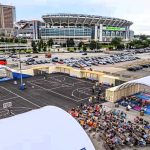
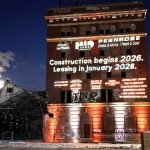
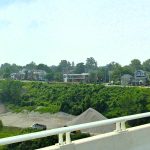
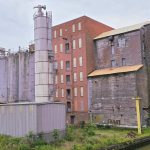
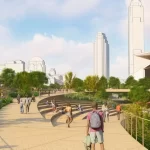
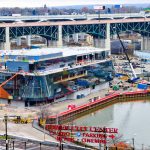
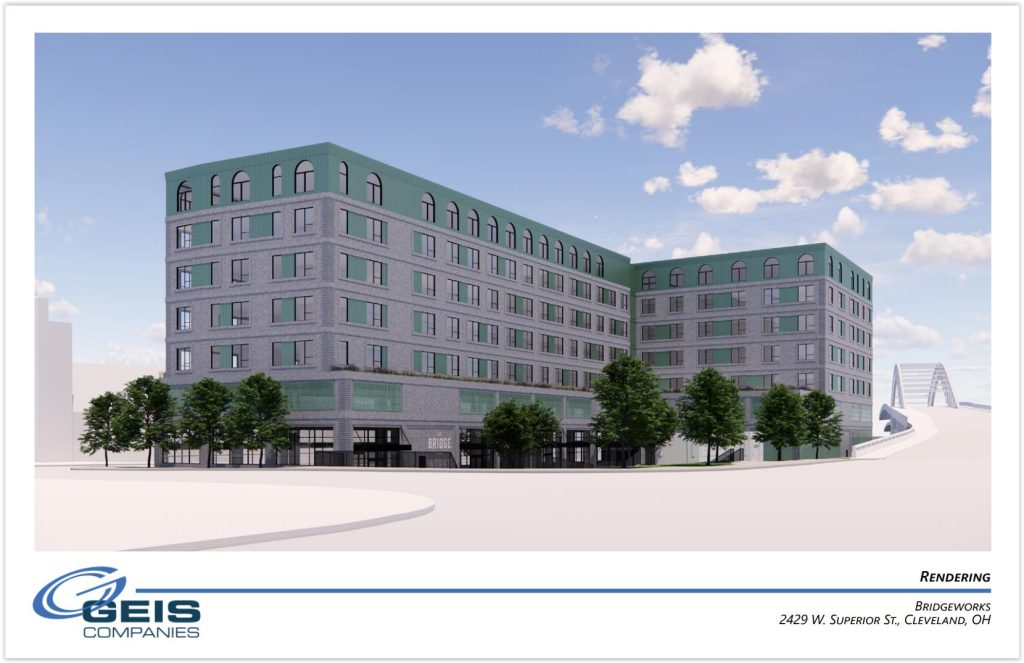
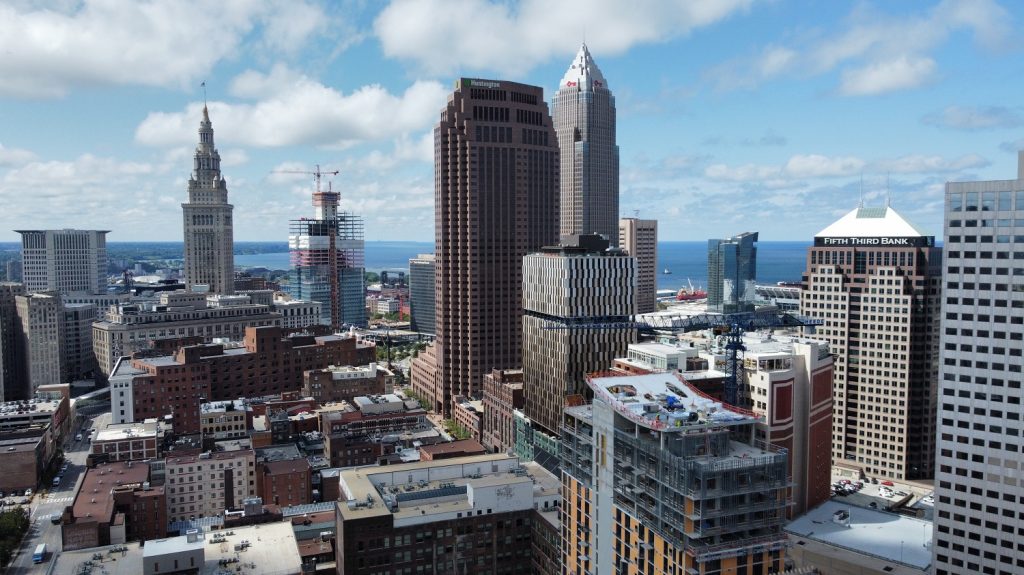

Comments are closed.